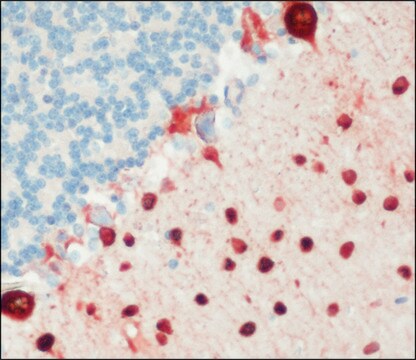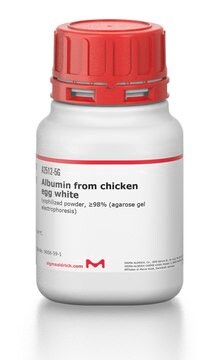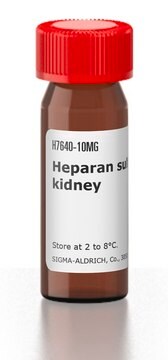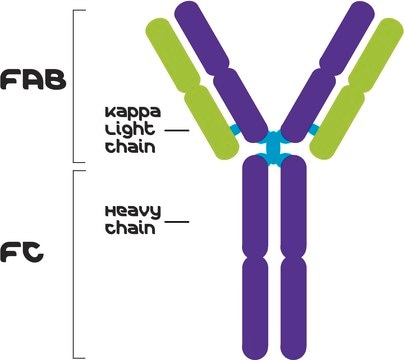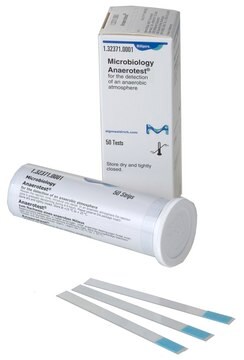A2105
Anti-AP Endonuclease antibody, Mouse monoclonal
clone APEREF, purified from hybridoma cell culture
Sinónimos:
Anti-AP lysase, Anti-APE/Ref1, Anti-APE1, Anti-APEN, Anti-APEX nuclease, Anti-APEX1, Anti-Apurinic/Apyrimidinic Endonuclease, Anti-HAP1, Monoclonal Anti-AP Endonuclease antibody produced in mouse
About This Item
Productos recomendados
origen biológico
mouse
conjugado
unconjugated
forma del anticuerpo
purified immunoglobulin
tipo de anticuerpo
primary antibodies
clon
APEREF, monoclonal
Formulario
buffered aqueous solution
mol peso
antigen ~37 kDa
reactividad de especies
canine, human, rat, mouse
concentración
~2 mg/mL
técnicas
immunocytochemistry: suitable
indirect ELISA: suitable
microarray: suitable
western blot: 0.5-1 μg/mL using total cell extract of Raji cells
isotipo
IgG1
Nº de acceso UniProt
Condiciones de envío
dry ice
temp. de almacenamiento
−20°C
modificación del objetivo postraduccional
unmodified
Información sobre el gen
human ... APEX1(328)
mouse ... Apex1(11792)
rat ... Apex1(79116)
Categorías relacionadas
Descripción general
Inmunógeno
Aplicación
Western Blotting (1 paper)
Acciones bioquímicas o fisiológicas
Forma física
Cláusula de descargo de responsabilidad
¿No encuentra el producto adecuado?
Pruebe nuestro Herramienta de selección de productos.
Elija entre una de las versiones más recientes:
Certificados de análisis (COA)
¿No ve la versión correcta?
Si necesita una versión concreta, puede buscar un certificado específico por el número de lote.
¿Ya tiene este producto?
Encuentre la documentación para los productos que ha comprado recientemente en la Biblioteca de documentos.
Artículos
DNA damage and repair mechanism is vital for maintaining DNA integrity. Damage to cellular DNA is involved in mutagenesis, the development of cancer among others.
Nuestro equipo de científicos tiene experiencia en todas las áreas de investigación: Ciencias de la vida, Ciencia de los materiales, Síntesis química, Cromatografía, Analítica y muchas otras.
Póngase en contacto con el Servicio técnico


